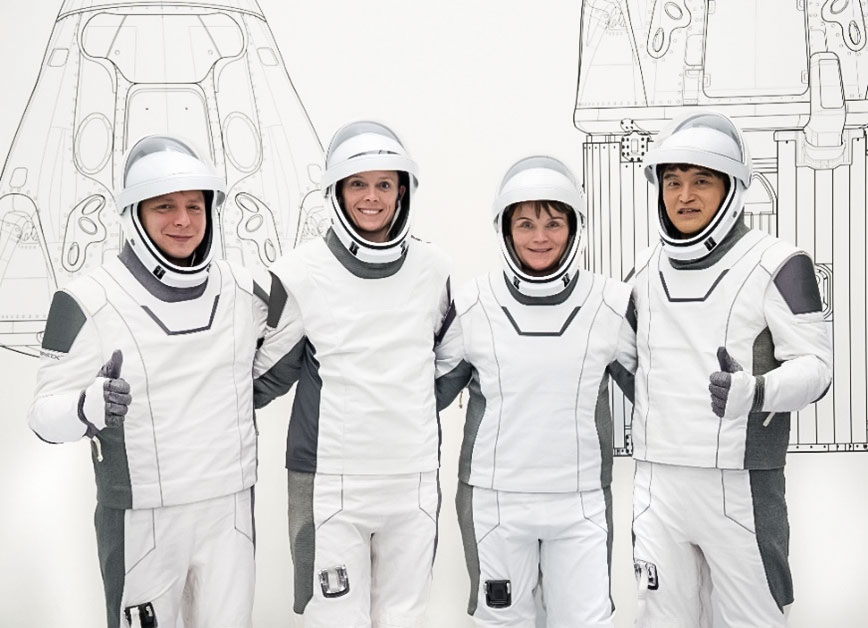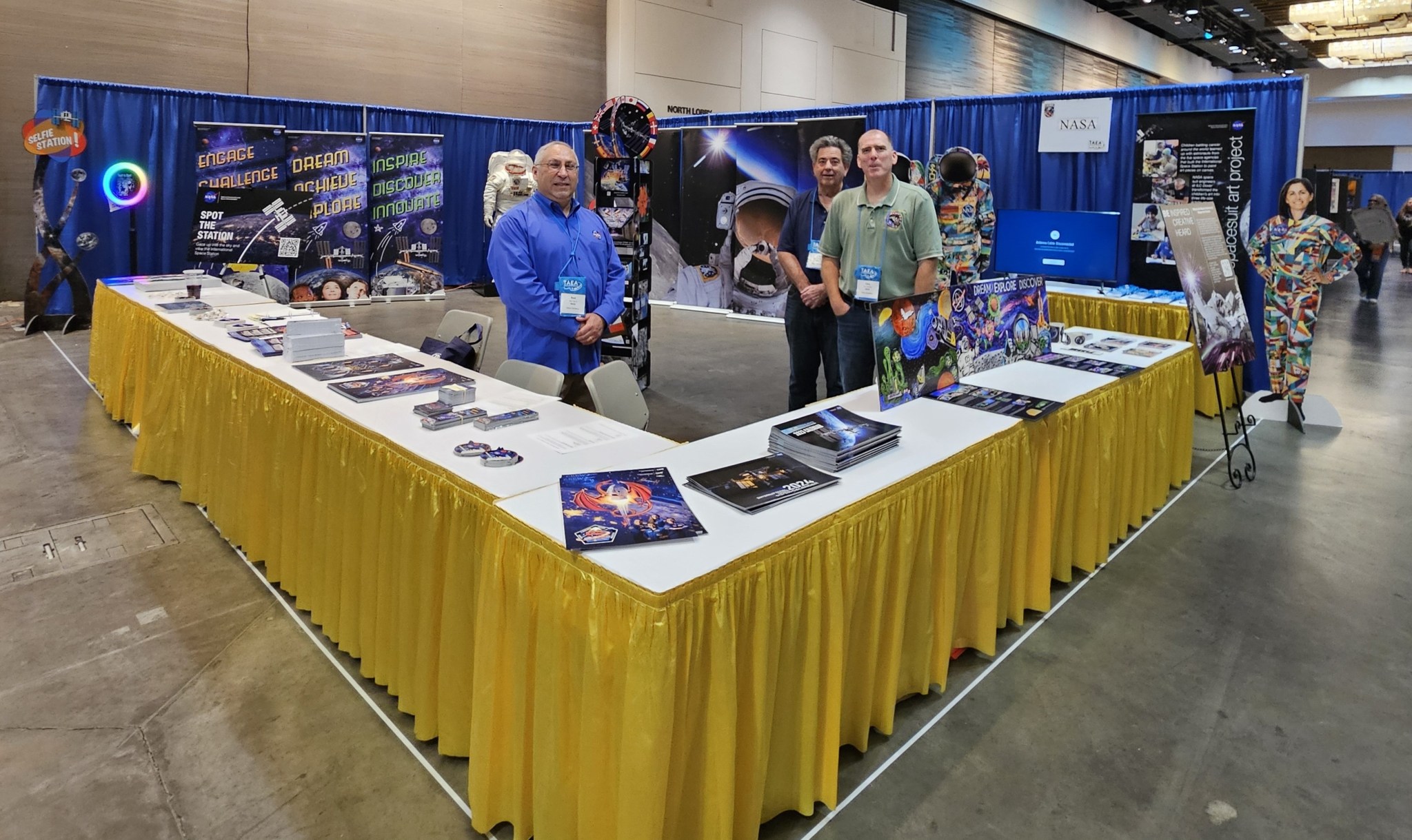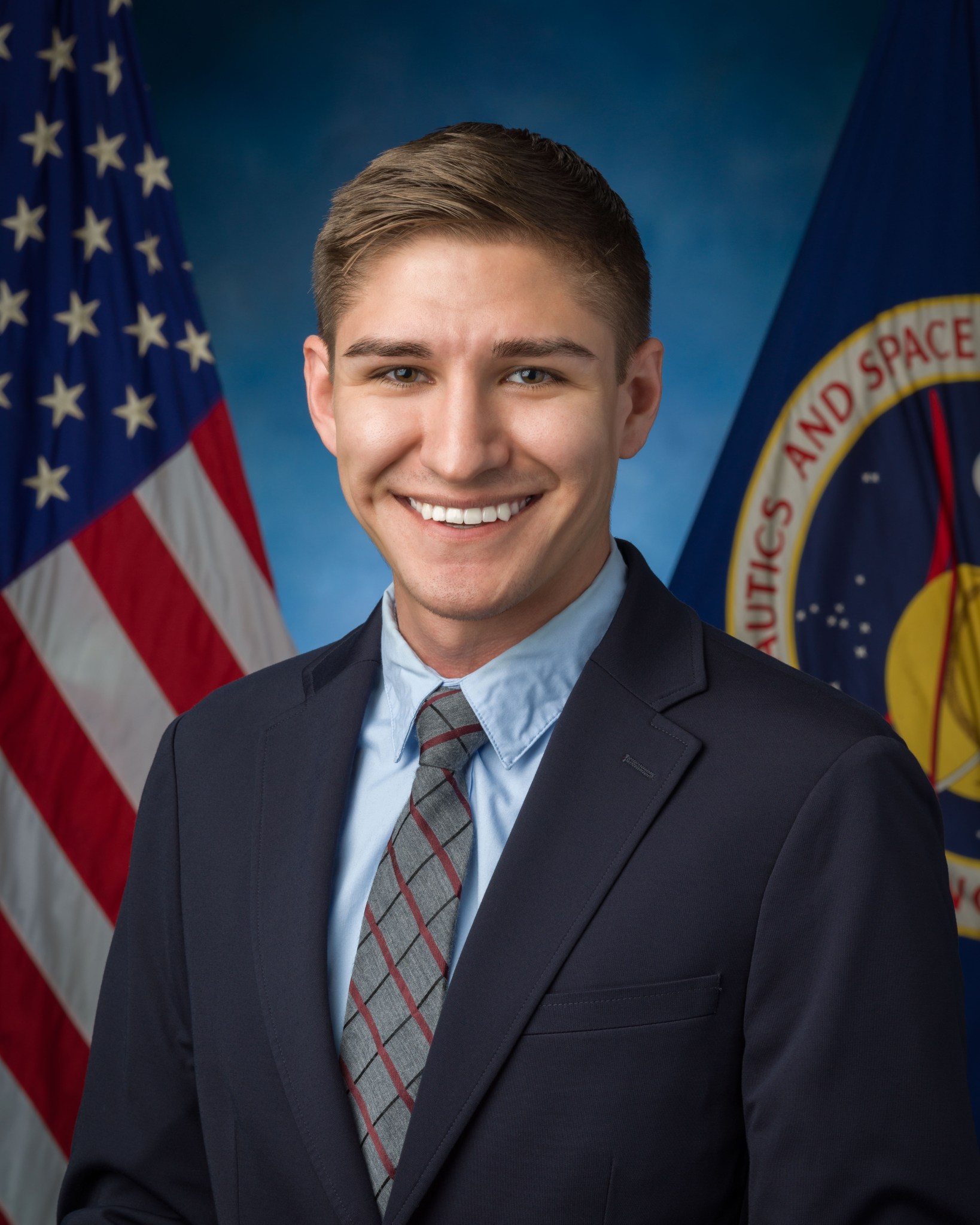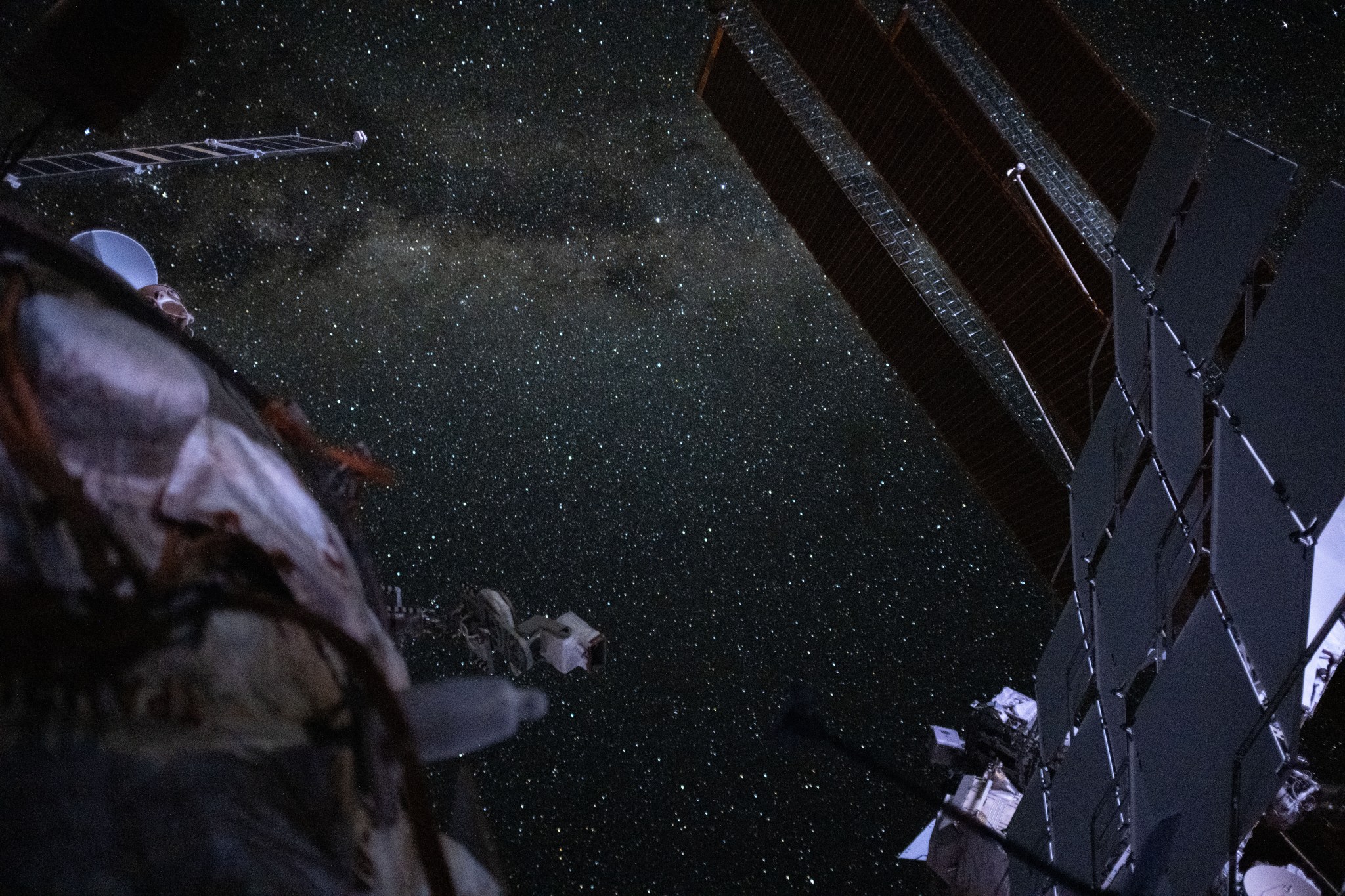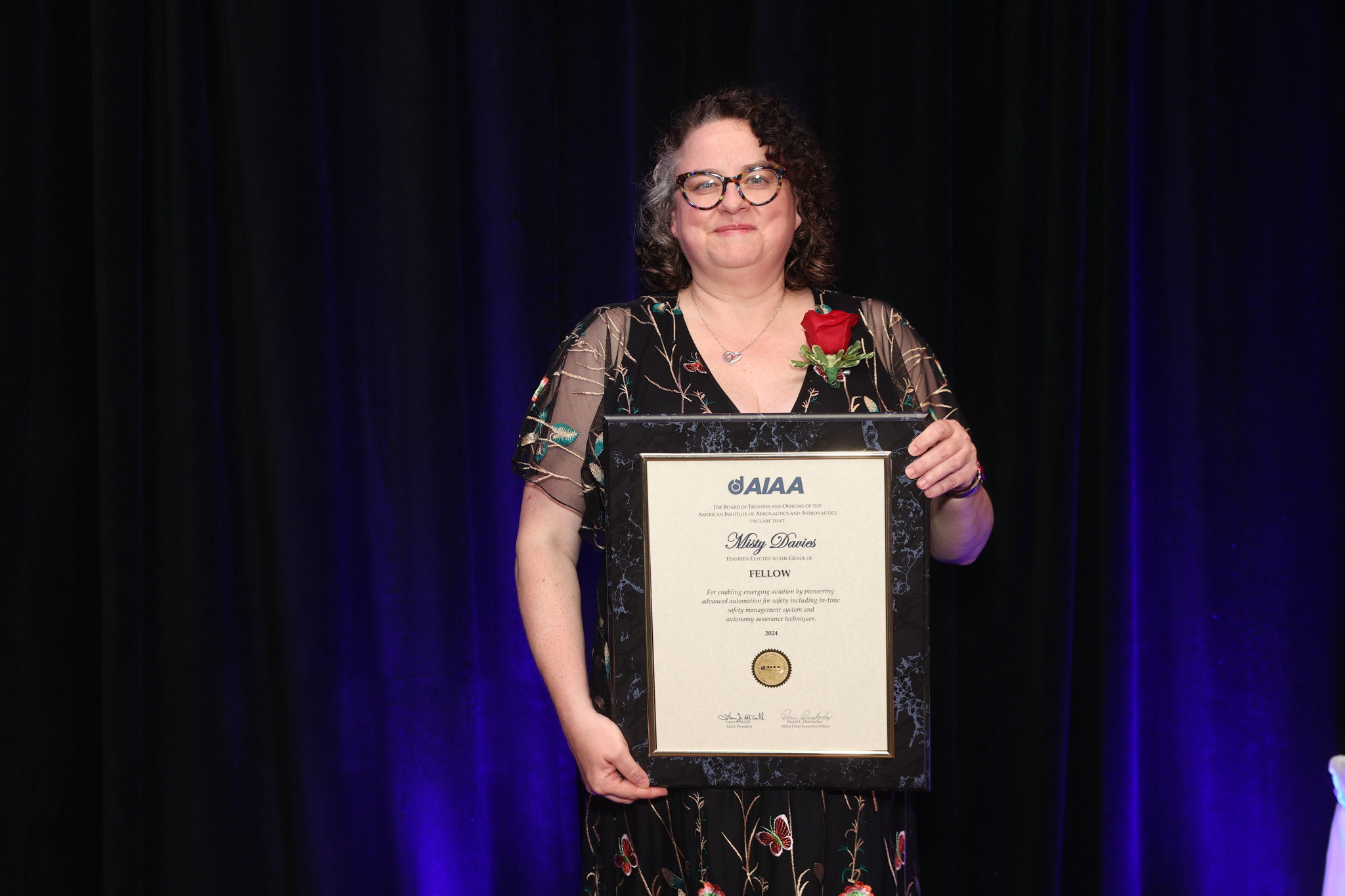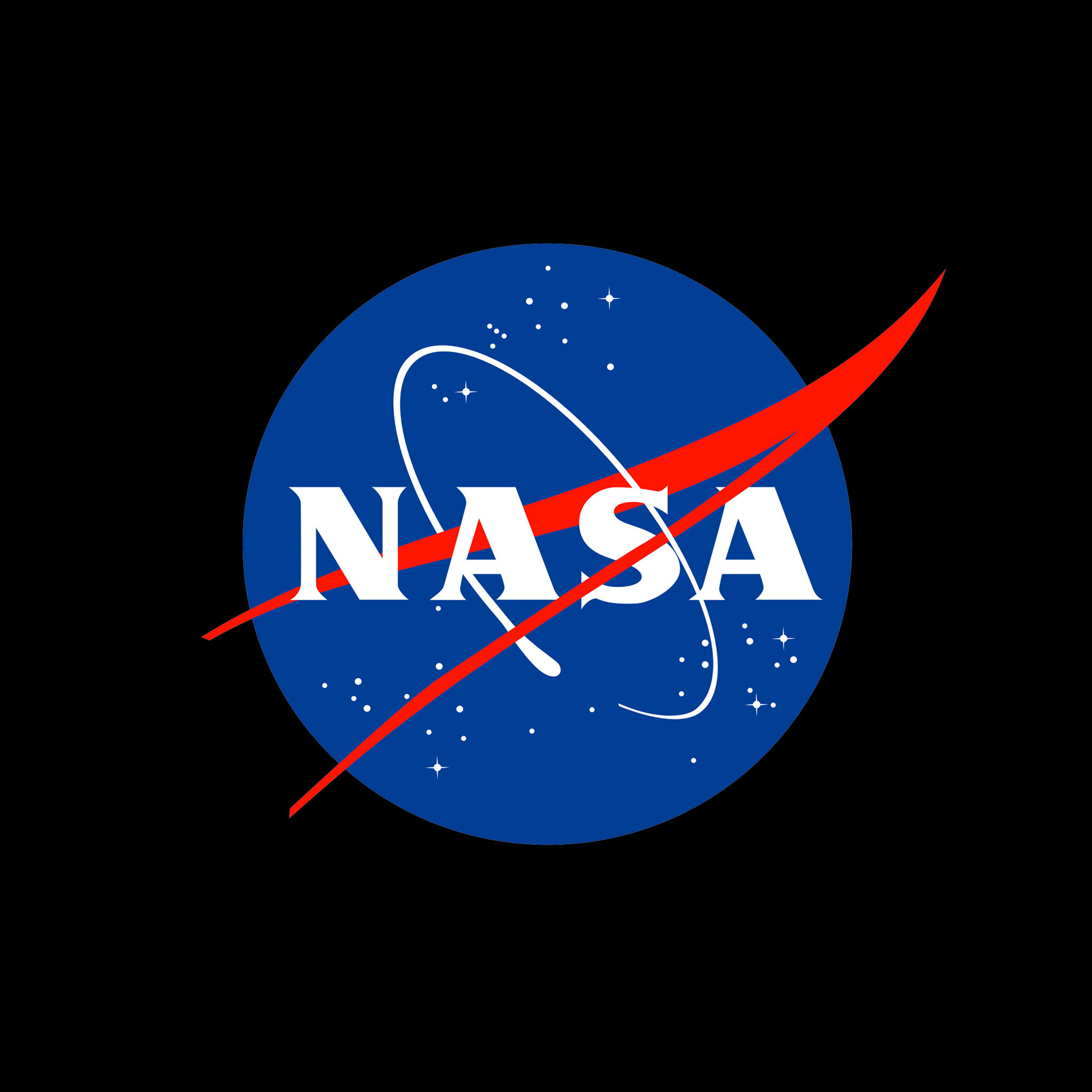At the edge of Las Cruces, New Mexico, surrounded by miles of sunbaked earth, NASA’s White Sands Test Facility (WSTF) is quietly shaping the future. There is no flash, no fanfare — the self-contained facility operates as it has since 1962, humbly and in relative obscurity. Yet as New Mexico’s space industry skyrockets amid intensifying commercial spaceflight efforts across the state, WSTF feels a new urgency to connect with the community. With the facility’s latest Test and Evaluation Support Team (TEST3) contract now in its third year, Program Manager Michelle…
Read MoreTag: General
¿Por qué cultivamos plantas en el espacio?
1 Min Read ¿Por qué cultivamos plantas en el espacio? Plantas de berro Thale de tres semanas de edad de la investigación Plant Habitat-03 son vistas justo antes de una cosecha a bordo de la Estación Espacial Internacional. Credits: NASA Hay muchas razones por las cuales cultivamos diversos tipos de plantas en el espacio. Las plantas proveen alimentación y bienestar psicológico a los astronautas y ayudan a reciclar el aire de la Estación Espacial Internacional, pero hay muchos otros beneficios asociados con esta actividad. Jorge Sotomayor, gerente de investigaciones de…
Read MoreInterview with Luke Sollitt
Let’s begin by Inquiring into your early years, your childhood, where you were born, where you grew up, what your family was like? Do you have siblings? What did your parents do, and how young were you when you developed an interest in what has become your career? I was born in Boston. My mom lived in Vermont at the time, so it’s kind of a home state. We moved to the Washington DC area, to Alexandria, when I was about four. I have a brother whose name is Ian.…
Read MoreExperience the Launch of NASA’s SpaceX Crew-10 Mission
jsc2024e064444 (Sept. 30, 2024) — The crew members of NASA’s SpaceX Crew-10 mission (from left) mission specialist Kirill Peskov of Roscosmos, NASA astronauts Nichole Ayers, pilot, and Anne McClain, commander, along with Mission Specialist Takuya Onishi of JAXA (Japan Aerospace Exploration Agency), pose for a picture during training at SpaceX in Hawthorne, California. SpaceX Digital content creators are invited to register to attend the launch of NASA’s SpaceX Crew-10 mission to carry astronauts to the International Space Station for a science expedition mission as part of NASA’s Commercial Crew Program.…
Read MoreNASA Plane Supported Innovative Microgravity Research in ‘90s
NASA Lewis Research Center’s DC-9 commences one of its microgravity-producing parabolas in the fall of 1994. It was the center’s largest aircraft since the B-29 Superfortress in the 1940s. Credit: NASA/Quentin Schwinn A bell rings and a strobe light flashes as a pilot pulls the nose of the DC-9 aircraft up sharply. The blood quickly drains from researchers’ heads as they are pulled to the cabin floor by a force twice that of normal gravity. Once the acceleration slows to the desired level, and the NASA aircraft crests over its…
Read MoreArt Meets Exploration: Cosmic Connections in Galveston
The Texas Art Education Association hosted its annual conference from Nov. 14–16 at Moody Gardens Hotel & Convention Center in Galveston, Texas, drawing nearly 3,000 educators, administrators, and artists. This year’s theme, “Cosmic Connections: SPACE, the Last Frontier and the Element of Art,” celebrated the fusion of creativity and space exploration, with NASA’s Johnson Space Center participating for the first time to inspire the Artemis Generation art educators. Johnson Space Center volunteers Raul Tijerina (left), building graphics lead for the International Space Station Program; Gary Johnson (middle), technical manager in…
Read MoreEmerging Engineering Leader Basil Baldauff Emphasizes Osage Values
Basil Baldauff knew early in his tenure at NASA’s Johnson Space Center that he wanted to become a leader within the agency and make an impact on the future of space exploration. As a contract electrical design and test engineer working within Johnson’s Energy Systems Test Area, Baldauff had an opportunity to lead small teams in performing battery testing. Exposure to the test director role inspired him to pursue a more permanent leadership position, and today he is the lead facility engineer for the Battery Systems Test Facility. The facility…
Read MoreNASA’s Commercial Partners Make Progress on Low Earth Orbit Projects
6 min read Preparations for Next Moonwalk Simulations Underway (and Underwater) The Milky Way pictured from the International Space Station in a long-duration photograph Credits: NASA NASA and its commercial partners continue to drive innovation in space exploration, achieving milestones that will ultimately benefit human spaceflight and commercial low Earth orbit efforts. These recent achievements from NASA’s industry partners include completed safety milestones, successful flight tests, and major technological advancements. “Our commercial partners’ growing capabilities in low Earth orbit underscore NASA’s commitment to advance scientific discovery, pioneering space technology, and…
Read MoreDr. Misty Davies – American Institute of Aeronautics and Astronautics (AIAA) 2024 Fellow
1 min read Preparations for Next Moonwalk Simulations Underway (and Underwater) Dr. Misty Davies receives the prestigious AIAA Fellowship in May 2024 for her contributions to aerospace safety and autonomous systems, recognized at a ceremony in Washington, DC. NASA In May 2024, Dr. Misty Davies joined the American Institute of Aeronautics and Astronautics (AIAA) Class of 2024 Fellows at a ceremony in Washington, DC. The AIAA website states that, “AIAA confers Fellow upon individuals in recognition of their notable and valuable contributions to the arts, sciences or technology of aeronautics…
Read MoreSARP East 2024 Ocean Remote Sensing Group
8 min read Preparations for Next Moonwalk Simulations Underway (and Underwater) Return to 2024 SARP Closeout Faculty Advisors: Dr. Tom Bell, Woods Hole Oceanographic Institution Dr. Kelsey Bisson, NASA Headquarters Science Mission Directorate Graduate Mentor: Kelby Kramer, Massachusetts Institute of Technology Kelby Kramer, Graduate Mentor Kelby Kramer, graduate mentor for the 2024 SARP Ocean Remote Sensing group, provides an introduction for each of the group members and shares behind-the scenes moments from the internship. Lucas DiSilvestro Shallow Water Benthic Cover Type Classification using Hyperspectral Imagery in Kaneohe Bay, Oahu, Hawaii…
Read More


